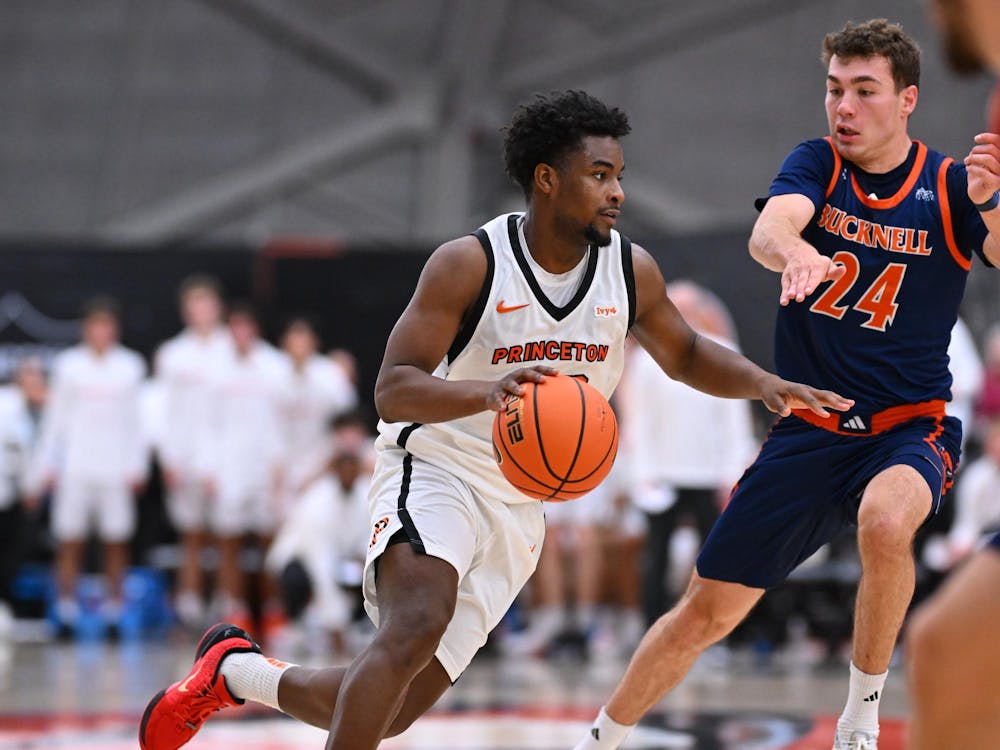If you own a fantasy football team (and really, why wouldn’t you?) you know the word that strikes fear into the hearts of owners just as it strikes hope into the hearts of would-be condominium renters: timeshare. More and more teams are no longer designating a starting running back and backups, but are instead using a more nebulous system in which there may or may not be a lead back who gets a plurality of the carries. But you can never really be sure who is going to get the most carries in a given game. Some teams, like the Patriots, employ an endless stream of running backs with names like BenJarvus Green-Ellis and Fred Taylor in such a way that knowing which one to start on your fantasy roster is an impossible and frustrating crapshoot.
So why do teams do this? And is it better than the old way? There are two possible reasons that jump out right away. First, distributing carries more equitably among running backs saves their legs, helps prevent injury and lengthens the usefulness they will have in their careers. Second, the enormous importance of passing in 21st-century football creates a need for both large, bruising backs that can run through tackles and smaller, quicker backs capable of making big plays as receivers out of the backfield. My favorite team, the New York Giants, has such a tandem of the mammoth (though currently unsatisfied) Brandon Jacobs and his smaller, faster teammate Ahmad Bradshaw.
One phrase that comes up frequently in discussions of running back durability is the so-called “Curse of 370.” Since 2000, nine running backs have run for more than 370 carries in a season.
The next season, only three of them ran for 300.
All but three missed at least four games the following season, and the only player to rush for 370 carries two years in a row (Ricky Williams) didn’t play at all the following year.
Their average in the 370-yard year was 4.47 yards per carry but 3.92 yards per carry afterward.
But while not making running backs carry the ball 370 times a season may well be the smart play, is it valuable to take so many carries away from the top running back?
In the 2009 season, seven teams’ top running backs had more than 60 percent of their team’s carries. In general, these were among the top running backs in the league.
I was hoping, as a fantasy football owner, to find consistent superiority of No. 1 backs on other teams to suggest that these top backs should be getting a larger share of the team’s yards.
In reality, however, of the 25 teams who had no back with more than 50 percent of the carries, an incredible 14 of them actually had a secondary running back with a higher rushing average than their primary running back! A few of these were influenced by injuries, but enough were not to say that maybe it really isn’t better for most teams to give more than 50 percent of the carries or so to one guy. There was also very little correlation (R-squared value of 0.06) between teams whose No. 1 running backs carried more frequently and overall team success in the running game.
I believe that the beginning of this timeshare mentality can be traced to the 2007 season, because there has been a marked decrease in runners with 300 carries since that season (an average of 5.33 from 2007 to 2009 as opposed to an average of 10 from 2000 to 2006) without a corresponding decrease in runners with 200 carries.
In addition, the number of running backs with 300 carries two seasons in a row has been miniscule the last few seasons, whereas previously about half of those with 300 carries repeated the feat the following season.

There is not, however, statistical evidence that these players with 300 carries have negative effects on their next season abilities like those with 370 carries.
Rather, it appears that coaches are becoming warier about the health of their best running backs and using timeshares as a way to change pace and keep everyone fresh.
I don’t think teams need to be this overcautious with their running backs, but with that said it’s hard to say that on some teams the second back might actually be more effective and thus deserve the timeshare.
More than for any other reason, the dual running back system will persist in killing fantasy teams because injuries are simply too common to risk being caught without a good running back.
So prepare to continue not to know who will get the most carries week to week. Hopefully that won’t make you so mad that you throw your helmet into the stands.







